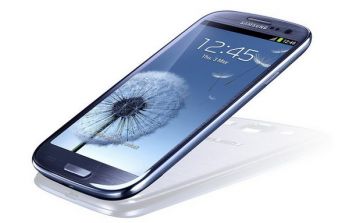OLED displays use organic materials that emit light when electricity is applied. OLEDs enable emissive, bright, thin, flexible and efficient displays. OLEDs are replacing LCD displays in mobile devices and TVs.
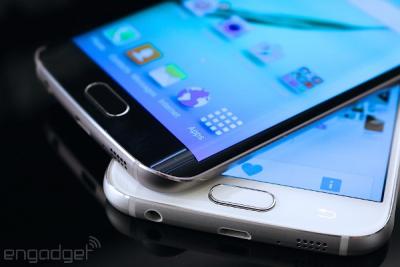
Samsung's Super-AMOLED displays, announced in January 2010, are AMOLED displays with an integrated touch function. In a Super AMOLED display, a touch-sensor is placed over the display (on-cell). The thickness of the touch sensor is just 0.001 mm and this allows the screen to provide better images and to have great visibility even in direct sunlight (Samsung says that they perform 20% better than regular touch AMOLED outdoors).
In 2010 or so, achieving an HD resolution in a mobile phone was a great achievement, and Samsung used to market those displays as Super AMOLED HD or HD Super AMOLED display to make sure people know these are HD displays. Today, as most high-end mobile displays sport Full-HD (or even higher) resolutions, Samsung no longer adds the HD before or after the Super AMOLED.
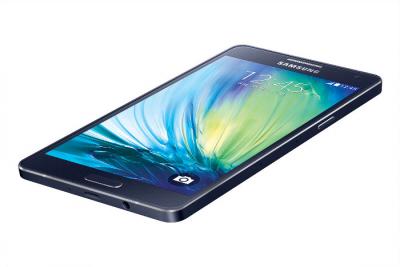
Further reading
The latest Super AMOLED HD news:
Samsung sold 3 million Galaxy II phones in 37 days
Samsung announced that they sold over 3 million Galaxy Note II phones - only 37 days after its release. This is three times faster than the previous Galaxy Note (which sold over 10 million units in 9 months). The Note II has a 5.5" HD Super AMOLED display (1280x720, non-Pentile), a quad-core 1.6Ghz processor and a large 3,100mAh battery. The Note II is only 9.4mm thick.
The Note 2 started shipping in September 2012. It is available unlocked in the US for $775 (international version), and it's also being rolled out by AT&T and others.
Will the upcoming Google Nexus 10 table sport a 10.1" Super AMOLED display?
Update: the Nexus 10 is official, and it uses a PLS LCD...
Google is planning to unveil new products on October 29th, and new rumors suggest that this will be a samsung-made Nexus 10 tablet, and it will sport a 10.1-inch Super AMOLED panel with a resolution of 2560Ã1600 (which means 298.9 ppi). If true, this will be the largest AMOLED panel produced by Samsung ever. Hopefully we'll know soon!
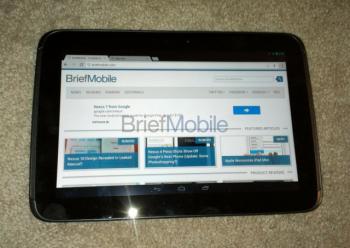
The rest of the specification, according to the leak: a 1.7Ghz dual-core processor, 2GB of RAM, 16GB of memory and no expansion slot.
AT&T to start selling the Note 2 on November 9 for $299.99 (with a two-year plan)
AT&T announced that they will start shipping the Galaxy Note 2 on November 9 - for $299.99 with a two-year contract. Pre-orders will start tomorrow (October 25). The Note II is the successor to the popular "Phablet" Galaxy Note. This large phone/tablet has a 5.5" HD Super AMOLED display (1280x720, non-Pentile), a quad-core 1.6Ghz processor and a large 3,100mAh battery. The Note II is only 9.4mm thick.
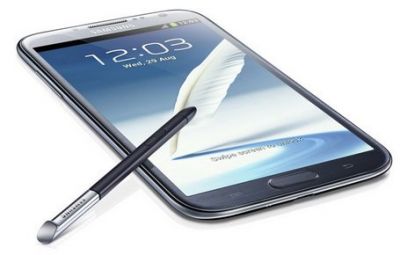
The Note 2 uses a unique RGB sub-pixel scheme (@267 PPI) - not Pentile, but also not a classic RGB strip. It may be that the Note 2 uses Ignis' AdMo-p technology.
Comparing the display of the Note 2 and the S3 from the user point of view
Samsung's two flagship mobile phones, the Galaxy S3 and the Note 2 both have 1280x720 HD Super AMOLED displays, but they are quite different: the S3 uses a Pentile sub-pixel architecture while the Note 2 has a unique RGB matrix. AndroidAuthority posted an interesting article comparing these two displays from a user point of view.
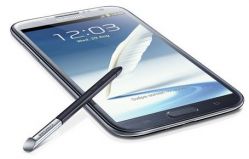 | 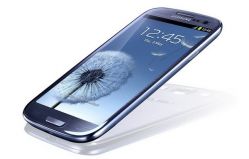 |
The conclusion? Both displays are excellent, and most users would never tell the difference. The Note 2 doesn't suffer from the Pentile pattern (which is only really visible when you magnify the images) or the the slight greenish or bluish cast of the S3. They have a good suggestion - simply spend a few minutes with both devices and decide for yourself.
The Galaxy Note 2 launches in Korea, will soon launch worldwide
Samsung announced today that the Galaxy Note 2 has launched in South Korea. It will soon launch worldwide in 128 countries via 260 mobile carriers. The Note II is the successor to the popular "Phablet" Galaxy Note. This large phone/tablet has a 5.5" HD Super AMOLED display (1280x720, non-Pentile), a quad-core 1.6Ghz processor and a large 3,100mAh battery. The Note II is only 9.4mm thick.

The Note 2 uses a unique RGB sub-pixel scheme (@267 PPI) - not Pentile, but also not a classic RGB strip. It may be that the Note 2 uses Ignis' AdMo-p technology.
DisplayMate - the iPhone 5 LCD display is superior to the S3 AMOLED
Update: I just talked to DisplayMate's Raymond Soneira, and he says that the power-consumption test was done on an all-white screen. This is the worst-case scenario for an OLED, and so real-world results will be better (depending on your typical phone usage of course).
DisplayMate posted an interesting and comprehensive comparison between the iphone 5 IPS-LCD and the Super AMOLED HD display used in the Galaxy S3. They say that the iPhone's display is superior - its a very accurate display, and it's the best Smartphone display they have ever seen. It's actually quite an improvement over the display used in the iPhone 4S.
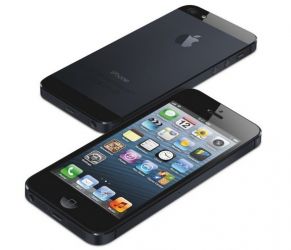 | 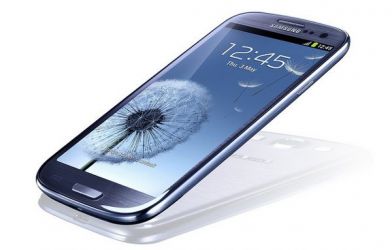 |
DisplayMate says that the OLED display on the S3 is not as bright as the LCD, it is less readable in high ambient lighting, it has saturated green and distorted and exaggerated colors. They still complain about Samsung not calibrating the color gamut. On the other hand, they say that OLED is a new technology and hasn't been refined to the same degree as LCDs yet. They still say OLEDs have a very promising future.
Motorola launches two new Super AMOLED smartphones
Google's Motorola announced two new smartphones today, both with OLED displays. The first is the Droid RAZR HD, an Android V4 smartphone with a large 4.7" 720p HD Super AMOLED display, a 1.5Ghz CPU, 8mp camera, 16GB of memory, NFC and a large 2,500mAh battery. There's also a Maxx version which has more memory (32GB) and a larger battery (and a slightly larger size of course). The Droid RAZR HD will launch towards the end of 2012.
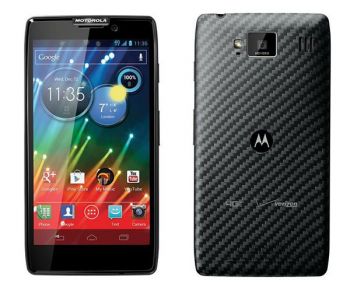
The second phone is the RAZR M, an LTE smartphone that features a 4.3" qHD (960x540) Super AMOLED Advanced display, Gorilla Glass, dual-core CPU, 1GB RAM, 8mp camera and 8GM of storage memory (and a microSD slot). The RAZR M will ship in September 2012 for $99 on Verizon.
Samsung sold 20 million S3 phones in just 100 days
Samsung announced that it has sold over 20 million Galaxy S3 phones - in just 100 days. The S3 is the fastest-selling Samsung smartphone ever. Just for comparison, the Galaxy S2 took 10 months to get to 20 million units - or about 300 days.
The S3 has a 4.8" 1280x720 HD Super AMOLED (with Pentile), a quad-core 1.4Ghz CPU (1.5Ghz dual core in the US), 1GB of RAM (2GB in the US) and an 8 mp camera (1080p video) and lot's of new software features. The phone weighs 133 grams and is only 8.6 mm thick.
The Galaxy Note 2 uses a non-pentile OLED display at 267 PPI
When Samsung announced the Galaxy Note 2, with its 5.5" 1280x720 HD Super AMOLED display, I assumed it was a Pentile display. But it seems that the Note 2 actually uses an RGB matrix in a unique arrangement (see the photo below). Samsung calls this new matrix S-Stripe. This is rather confusing on several accounts - mostly because up till now Samsung used the brand Super AMOLED Plus for non-pentile OLEDs.
![]()
Just a few weeks ago we explained that Pentile OLED displays enable higher lifetime, and we were told that for an RGB OLED with over 230 PPI, lifetime becomes too low for Samsung and they choose Pentile in those displays. But the Note II has a PPI of 267 - the highest PPI non-Pentile OLED. This means it has a lower lifetime compared to a Pentile display (but the advantage is that there's no visible Pentile pattern of course).
Samsung announces the Galaxy Note II: 5.5" glass-based Super AMOLED HD (1280x720) display
Samsung announced the successor to the popular "Phablet" Galaxy Note, the Note 2 - with a 5.5" HD Super AMOLED display (1280x720, non-Pentile). Yes - this is a 'regular' glass based AMOLED panel, and not a plastic-based flexible YOUM panel as earlier rumors suggested. I guess we'll have to wait some more for Samsung's first flexible-OLED device, due in 2012 (it'll probably have a much smaller panel).

Pagination
- Previous page
- Page 2
- Next page


